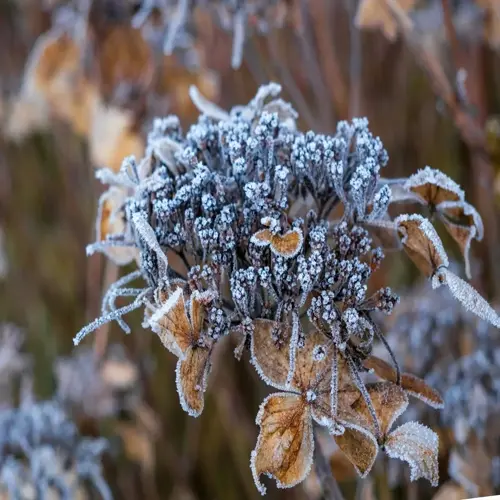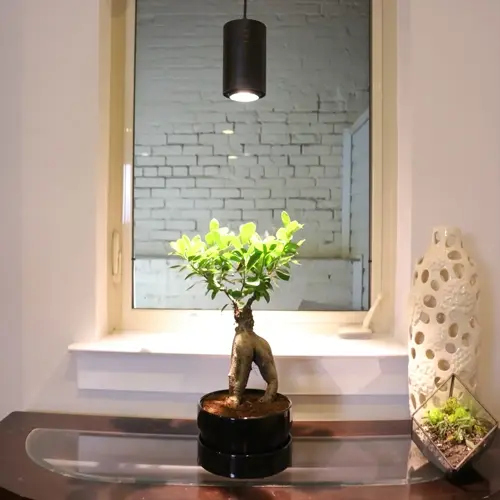Can too much artificial light harm indoor plants?

Written by
Olivia Mitchell
Reviewed by
Prof. Samuel Fitzgerald, Ph.D.Excessive artificial lighting poses substantial risks to indoor plants, including photobleaching and heat stress. Photobleaching occurs when chlorophyll degrades, resulting in white or yellow areas on the leaves. Crispy brown edges form through infrared radiation that desiccates the plant tissue. Photobleaching and crispy brown edges occur when the PPFD exceeds the tolerable range for a species.
Photobleaching Damage
- Bleached white/yellow patches on upper leaves
- Caused by PPFD exceeding species tolerance by 30%+
- Common in high-light plants under intense LEDs
Heat Stress Indicators
- Curled leaf margins and crispy brown edges
- Results from infrared radiation exceeding 85°F (29°C)
- Frequent with HPS lights and undersized LED heat sinks
Take corrective actions as soon as you see stress signs. Raise lights from 6 to 12 inches to decrease intensity by 30-50%. Use oscillating fans to reduce ambient temperatures below 85°F (29°C). Provide 48 hours of total darkness to reset photosynthesis systems. Trim back any severely damaged leaves to use up energy.
Prevent future issues with proper sizing and scheduling. Use a PPFD meter to confirm safe light levels. Ensure you have 6-8 hours of darkness each day for adequate respiration. Place the temperature sensors at the canopy level. Select full-spectrum LEDs with good heat dissipation.
Assess recovery developmental stages through particular plant responses. New growth will appear within 7 to 10 days without the need for bleaching. Old leaves stop growing with brown edges. The turgor pressure in the plant will return to normal within 72 hours. Management protocols should be altered after recovery has been achieved. Your plants will look healthy in balanced light conditions.
Read the full article: Indoor Plant Lighting Essentials Explained

